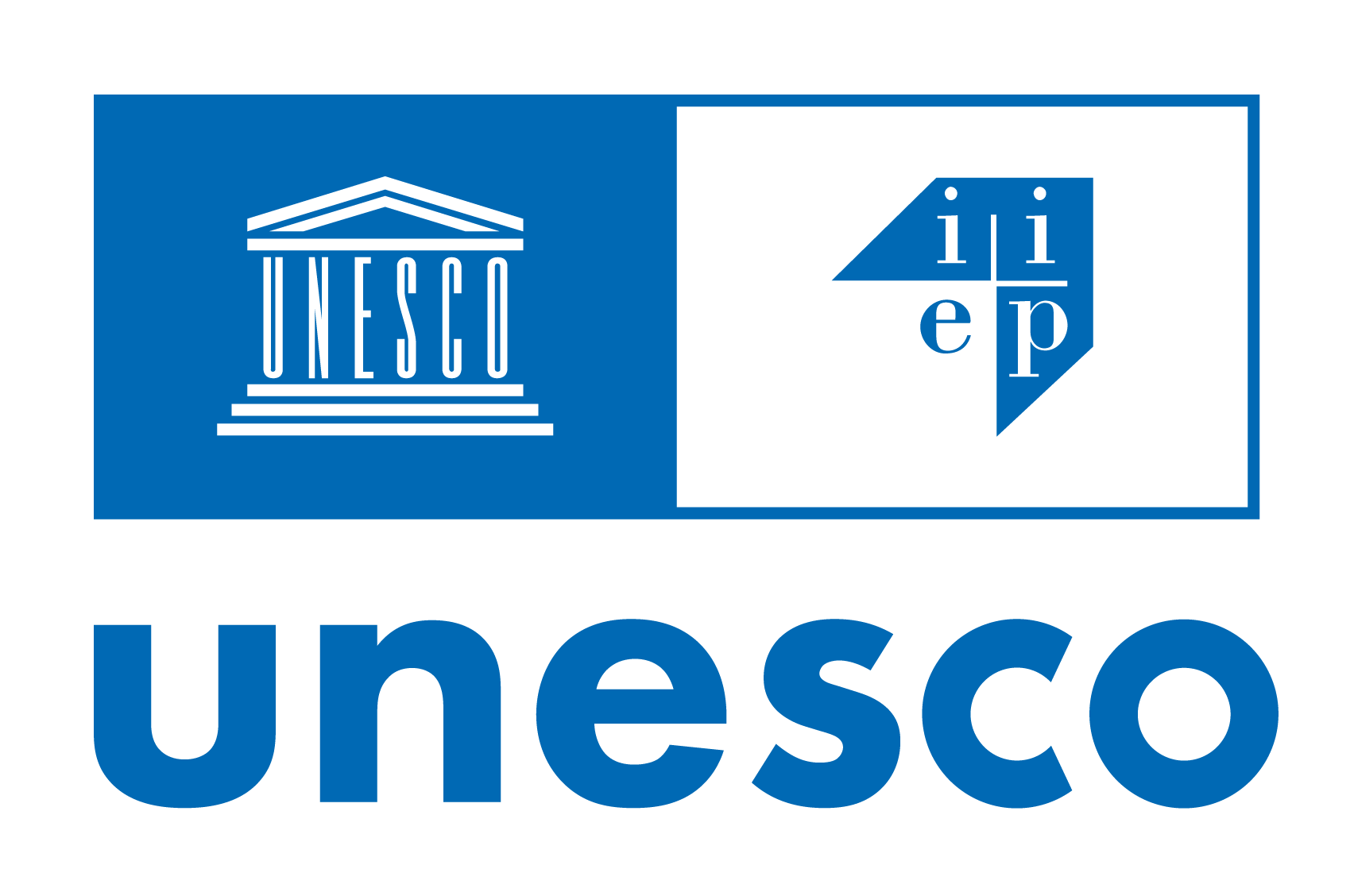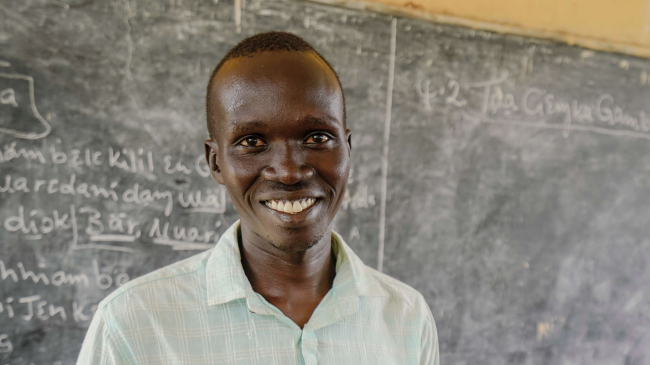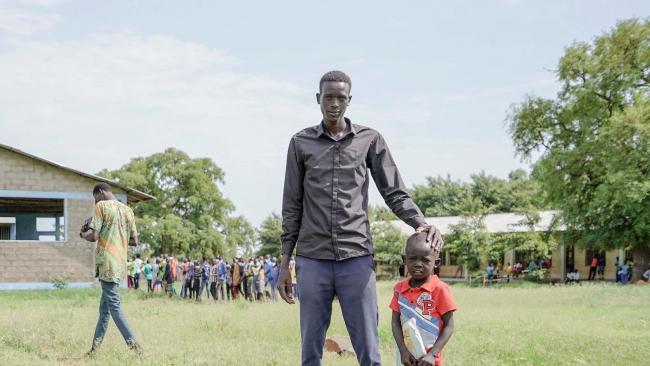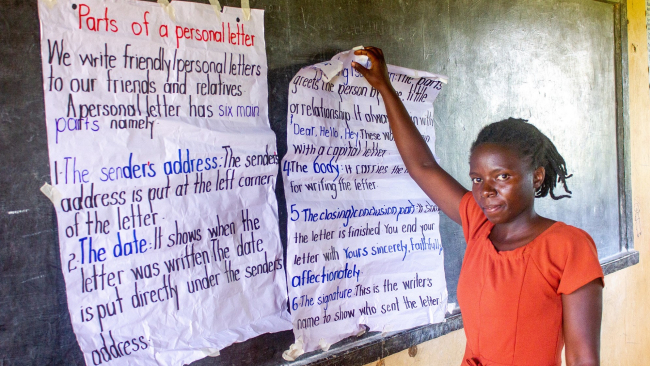COVID-19 upends lives and livelihoods worldwide, the rapid growth of online learning is challenging the relevance of traditional higher education systems. Although efforts to promote and enhance the use of ICT in higher education in the Asia-Pacific have rapidly increased, progress is far from sufficient. This brief highlights important questions for national policy makers in the Asia-Pacific to enhance online and blended learning for quality higher education. Blended learning – the deliberate combination of online learning with face-to-face classroom-based learning – requires eight key dimensions: 1. institutional vision and philosophy; 2. curriculum; 3. professional development; 4. learning support; 5. infrastructure and support; 6. policy and institutional structure; 7. partnerships; and 8. research and evaluation (Exhibit 1). These dimensions are based on institutional case studies, regional consultations hosted by UNESCO and the International Centre for Higher Education Innovation under the auspices of UNESCO (UNESCO-ICHEI), and fieldwork in the region. As a result, higher education leaders can draw on lessons learned to self-assess their institutional readiness across the eight dimensions and four progression stages, namely, from building readiness/under construction, to applying, infusing and transforming higher education through blended learning.
Year
2021
Themes
Countries
Resource Types





